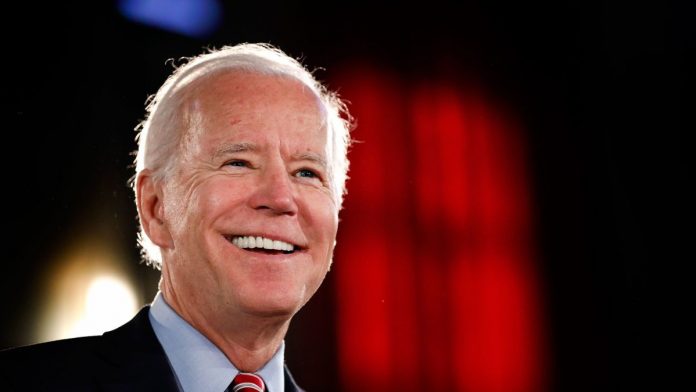
Stocks rallied fiercely this morning as dip-buyers emerged after seven straight weeks of selling. Dow shares gained the most (+1.8%) on the day while the S&P (+1.5%) and Nasdaq Composite (+1.1%) lagged.
US President Joe Biden hinted in comments this morning that he’s considering removing Trump-era tariffs against China. In doing so, he sparked optimism among traders that economic conditions could improve as a result of a trade war de-escalation.
No decision nor formal announcement of such a de-escalation has been made yet. Stocks rallied nonetheless.
Last year, a rally like today’s (following a steep selloff) was an obvious buy signal. In 2022, however, each rally has ultimately been met with heavy selling that dropped equities down to lower lows on each occasion.
Strategists warned investors to remain cautious despite this morning’s gains as a result.
“The market was trying to bounce at the open yet again but this impulse has failed multiple times over the past several weeks,” explained Baird analyst Ross Mayfield.
“The bar is higher now for sustained positive performance given all of the well-known headwinds.”
Headwinds like:
Slowed growth, higher-than-normal price/earnings multiples, climbing rates, persistently high inflation, a war in Ukraine, and an imminent recession.
In other words, there’s little to be excited about as a bull. That hasn’t stopped some analysts from remaining optimistic long-term, though.
“I do think that the economy is better right now than the stock market is telling you,” said Rhys Williams, Spouting Rock Asset Management’s chief strategist.
“And my guess is we’re going to muddle through on both stocks and bonds over the summertime.”
Oppenheimer chief investment strategist John Stoltzfus, meanwhile, believes stocks are “way over sold.”
“We remain positive on equities favoring cyclicals over defensives and profitable technology companies whose services and products are deeply embedded in the lives of both business and the consumer,” he said this morning in a note.
“We look for the economy and the markets […] to ‘work their way out of the woods’ from a period of high anxiety and crisis.”
But most of Wall Street is still on “team bear,” and for good reason.
“As we have seen time and time again recently, any attempted rallies appear to be short-lived with the backdrop of macroeconomic uncertainty, and any bullish breakouts have failed to endure with overall market sentiment biased toward the bears,” said Interactive Investment’s Victoria Scholar, echoing Mayfield’s remarks.
Things could eventually change, of course, but until corporations start revising earnings guidance to the upside, the current trend should hold.
Yes, there will of course be bear market rallies along the way.
But, as many traders have learned recently, trying to hop on one of these rallies has been an exercise in frustration over the last few months.
Anyone who went long the SPY following 5/4’s post-FOMC rally is currently down roughly 7% on that trade.
They’ll be lucky if they see a positive return on that position this summer. It’s more likely, however, that the broader market indexes won’t return to their early May valuations again for quite some time. Maybe not until 2023, which is when most Wall Street banks expect a recession will arrive.
That’s what makes buying dips during a Fed tightening cycle so difficult. Historically, it’s been a losing strategy, regardless of what happens with Trump’s tariffs – another “what if” bullish impulse that could end up disappointing investors if Biden decides to keep them in place.







